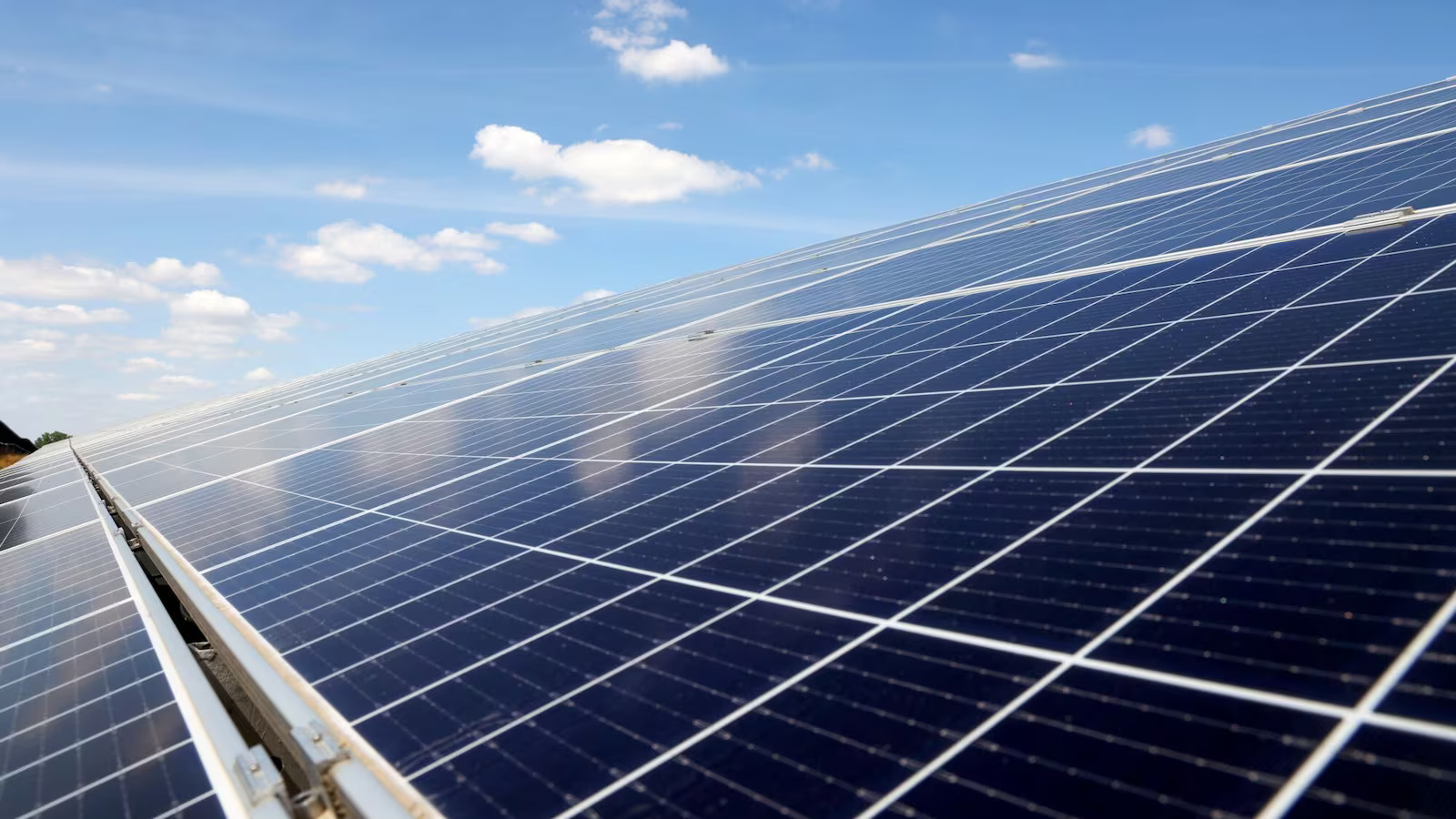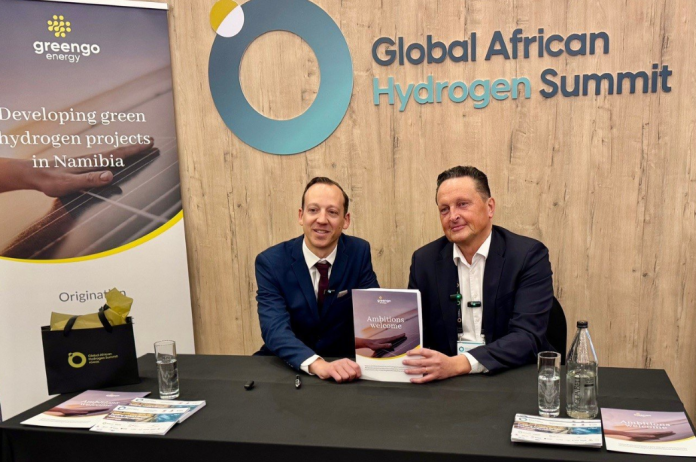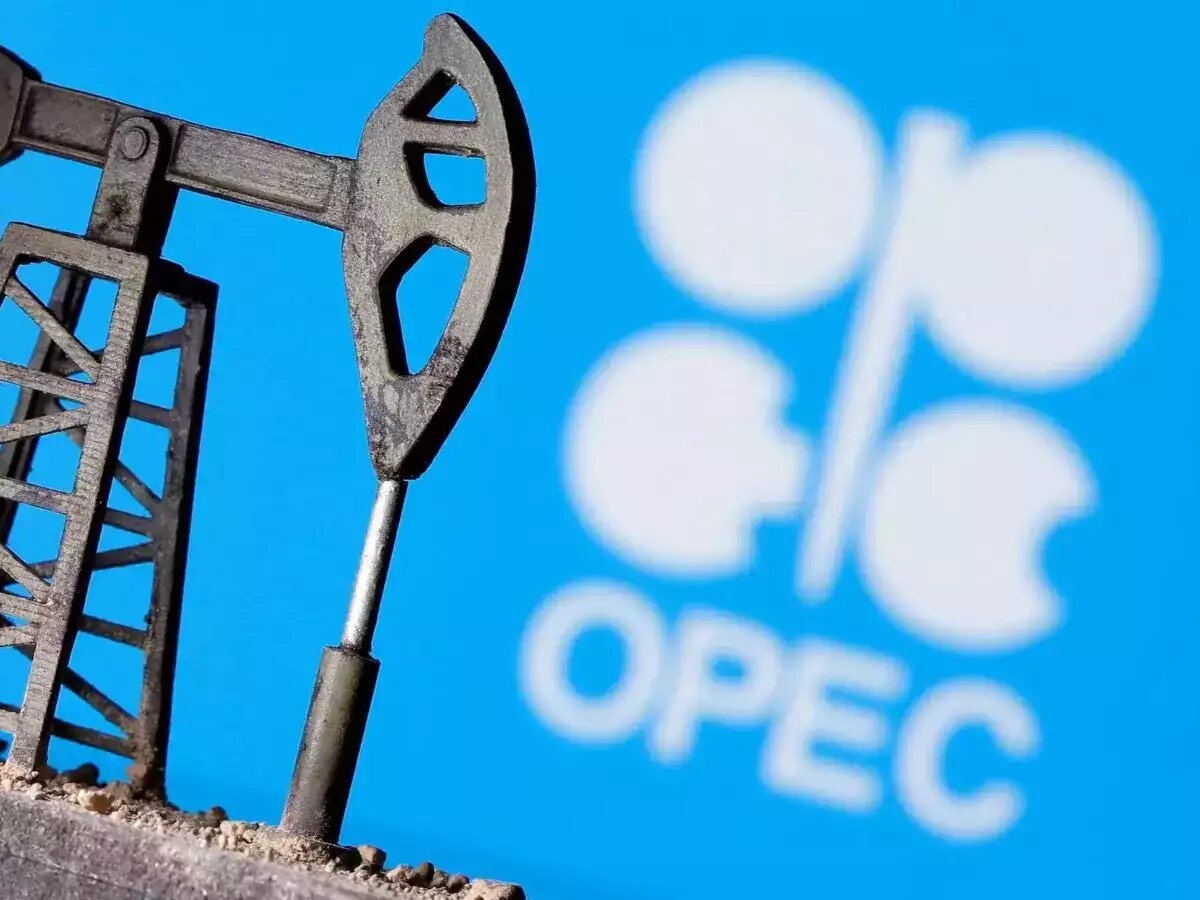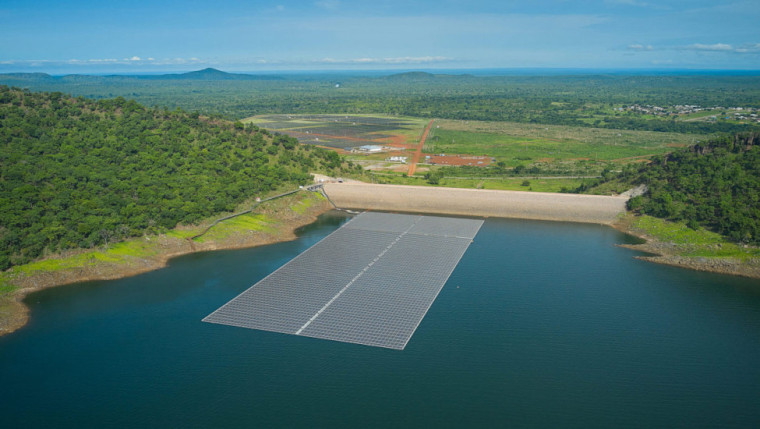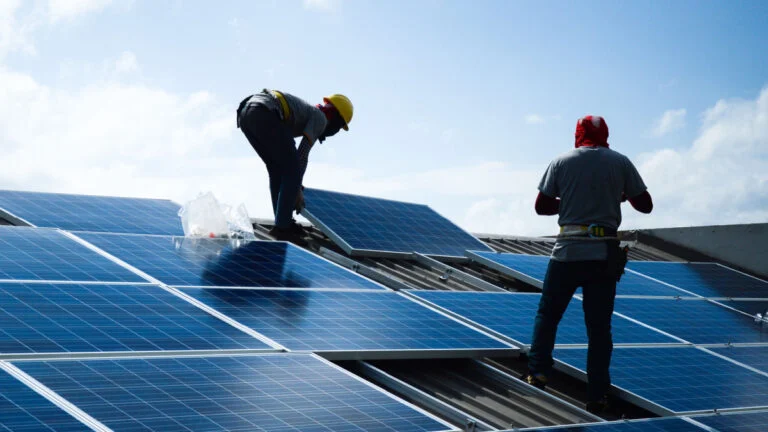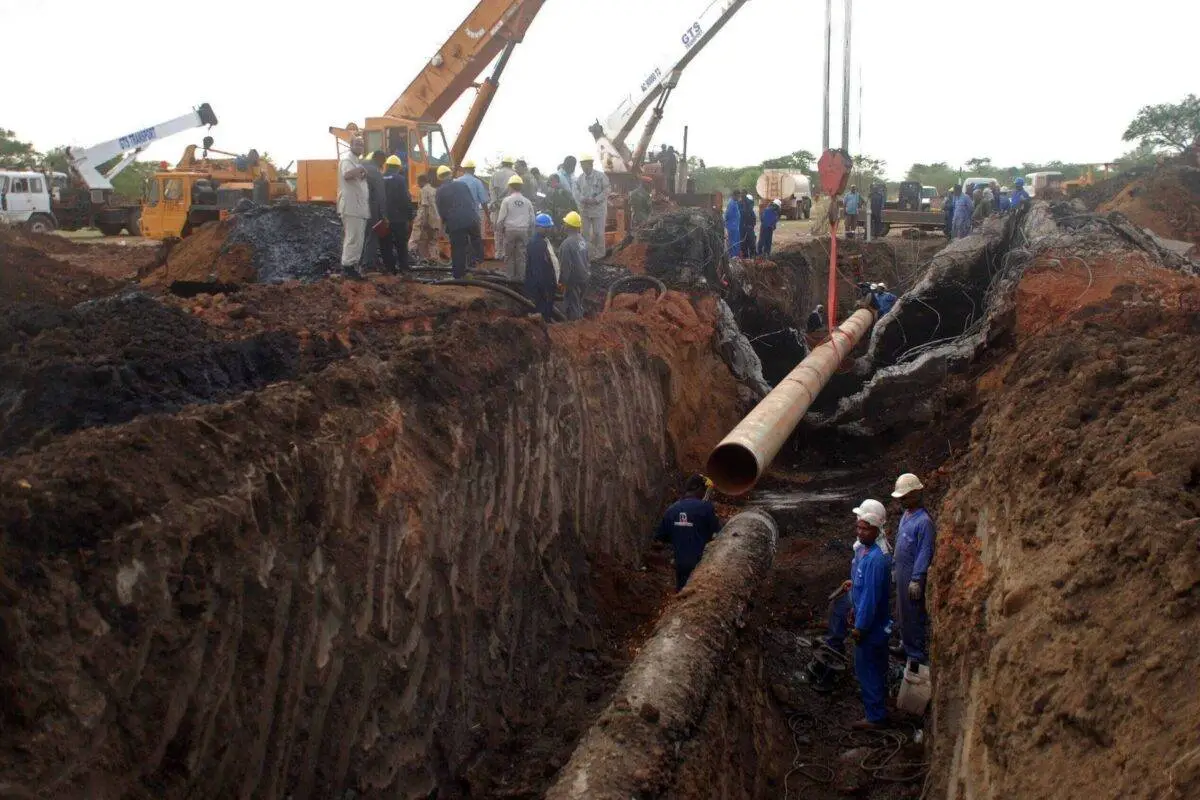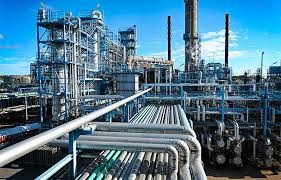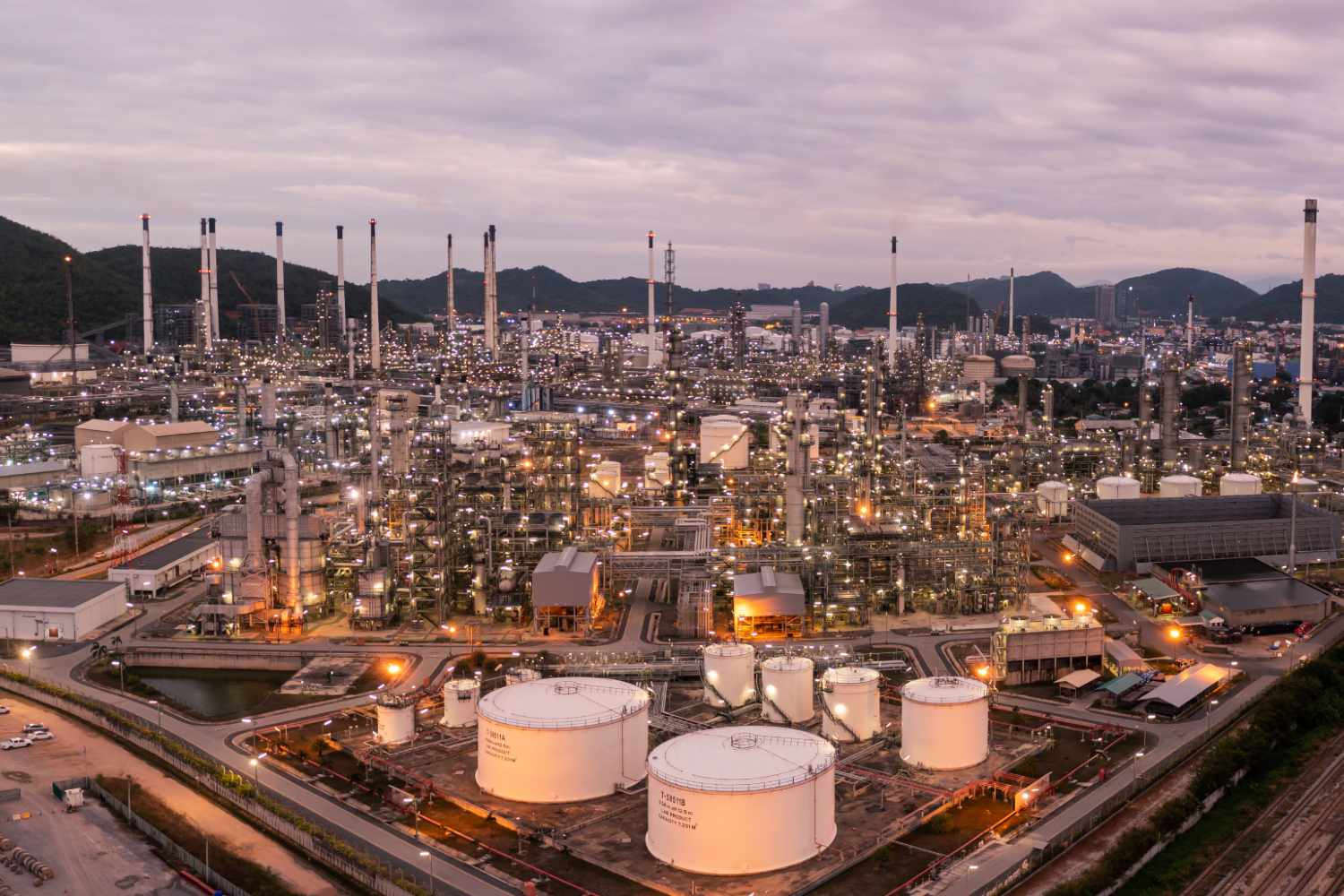Generation

As the cartography of crude is redrawn, Opec must change too
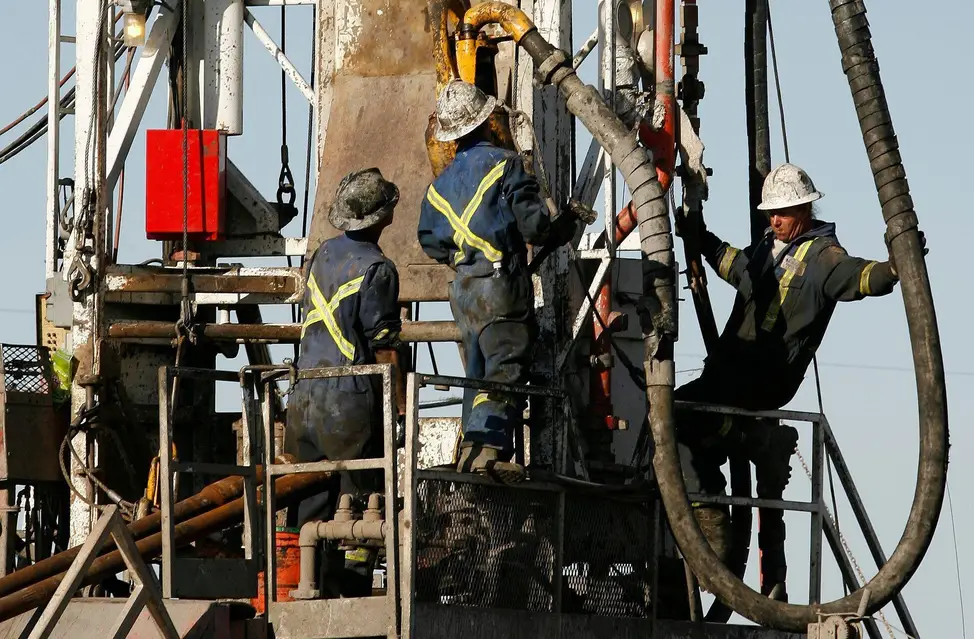
Two centuries ago, delegates met at the Hofburg Palace in Vienna to redraw the map of Europe.
Delegates to the Opec seminar there last week had perhaps less scope for action, but maintaining stable global energy supplies is challenging enough. The latest long-term report from the oil exporters’ organisation shows that a remapping of the world oil market is in prospect.
Opec’s World Oil Outlook has attracted comment for its bullish outlook on demand. While cutting back estimates of consumption over the next few years because of a weaker Chinese economy, it boosts its view on oil demand to 2050.
Until 2022, Opec was forecasting that demand would flatten out by 2040. It now believes demand will keep rising to mid-century – and has even added 2.8 million barrels per day to the 2050 figure as compared to last year’s prognosis.
The debate on this, versus the much lower forecast from the International Energy Agency, is crucial.
In the IEA’s view, world oil consumption will peak in 2029, at just 105.6 million bpd. But what does the outlook mean for three titanic struggles: Opec+ producers versus their rivals, Opec versus its colleagues in the Opec+ alliance and the Opec heavyweights among themselves?
Robust demand to 2050 would of course be helpful for Opec. The life of a major oilfield investment is at least 20 years; we are entering a phase when views on mid-century petroleum demand really matter for investment decisions. In January last year, for example, Saudi Aramco cancelled plans to increase its sustainable capacity by 1 million bpd.
Opec’s report is quite confident on fading competition from non-Opec+, seeing a slowdown particularly in the US shale patch.
Outside a few other hotspots, notably the South American quartet of Guyana, Suriname, Brazil and Argentina, and perhaps Namibia in south-west Africa, the international oil supermajors are pretty careful where they put their money.
Canada and China are major, under-rated producers, but their mature and technically complex output relies on solid oil prices.
However, this outlook relies on there being no other major finds and no significant development of unconventional oil outside the current four main players.
It assumes no expansion of Qatar’s natural gas production – which comes with associated hydrocarbon liquids – between 2029 and 2044. And it believes US natural gas liquid production will rise only moderately to 2030 and then flatten out, even as maturing shale oil reservoirs tend to produce more gas.
Opec believes non-Opec+ supply will grow quite strongly to 2030 and then plateau, leaving room for itself to gain market share. The proportion of output from Opec+ accordingly rises from 48 percent last year to 52 percent by mid-century.
Opec wisely leaves unexamined the question of how this demand is distributed among the Opec+ members.
By 2030, assuming some declines in the smaller members of the group, significant production restraint would be required. The core members of Saudi Arabia, Iraq, Kuwait and the UAE may be able to raise output about 20 percent from today’s levels.
The situation by 2050, even assuming Opec’s quite rosy outlook for demand and for its competitors, still constrains the big producers.
Let us assume Russia, Kazakhstan, Iran, Libya, Kuwait, Iraq and the UAE all hit their production ambitions – which are readily achievable geologically and depend mainly on political stability and investment levels.
We can anticipate some degree of recovery in Venezuela and a steady drop-off in the smaller producers. If Saudi Arabia were then to produce at its current capacity of about 12.5 million bpd, the mid-century market would be in surplus by 6 million bpd.
This is a long way off, with many imponderables. It is therefore more in the nature of a thought experiment than a prediction.
We could alternatively consider a scenario where, other than the UAE and Saudi Arabia, everyone’s production ambitions disappoint. In this case, the mid-century market is about in balance.
Of course, another major producer may be struck by war or political strife, as has happened to Libya, Iraq, Iran, Venezuela and Russia in the past decade and a half.
But it is more plausible that demand is weaker than Opec thinks, because of the growth of electric vehicles and other non-oil technologies, or economic turmoil from trade wars, geopolitical confrontations and the failure to address climate change effectively.
Or that new producers, new unconventional resources or big new fields in existing countries will emerge.
Since the 1970s, forecasts from a range of agencies and consultancies, including the IEA, have predicted an inexorable rise in the market share of Opec (and now Opec+).
This has never materialised, mostly because Opec has held back its own production, seeking higher prices that were not sustainable, and non-Opec producers have been more ingenious and determined than anyone expected.
If things are to be different this time, Opec+ will need to be more aggressive in boosting production capacity and output after 2030. But that risks over-investing if demand heads downwards.
Weaker members will be left by the wayside. The stronger ones will need a new Congress of Vienna to carve up a transformed cartography of crude.
Robin M Mills is CEO of Qamar Energy and author of The Myth of the Oil Crisis




